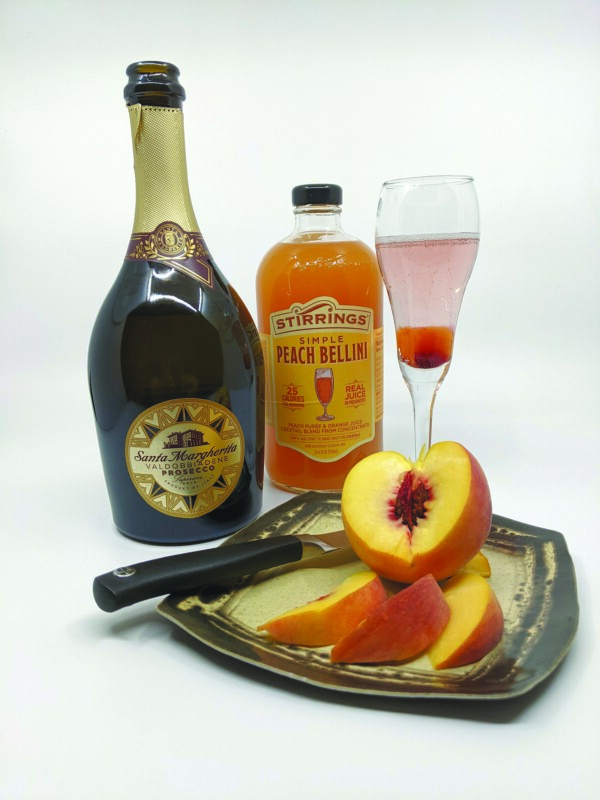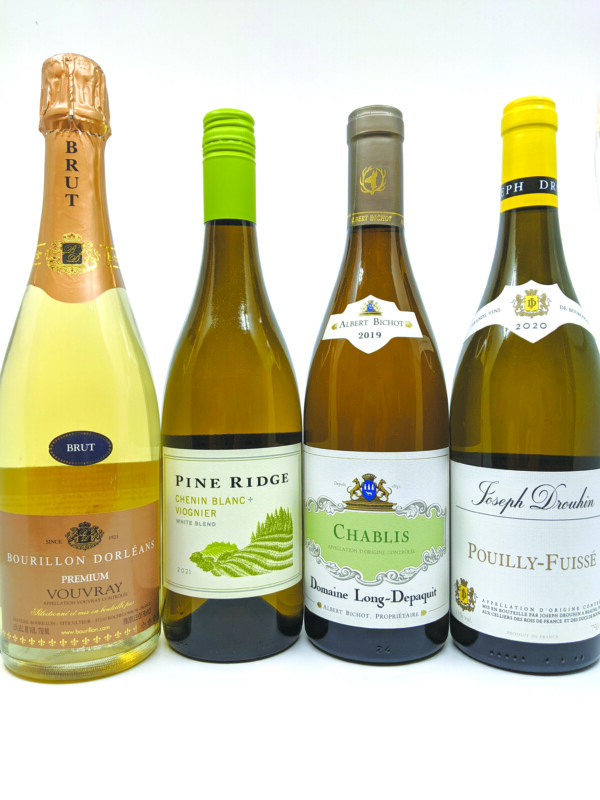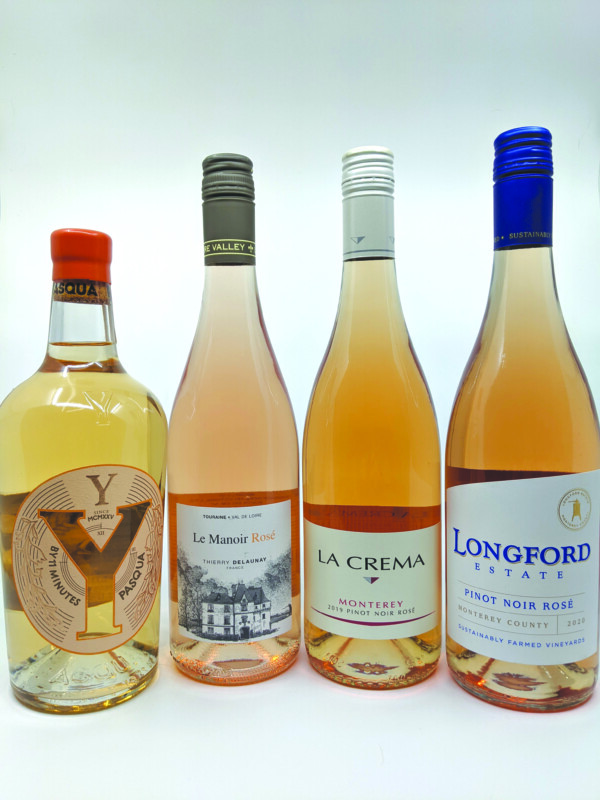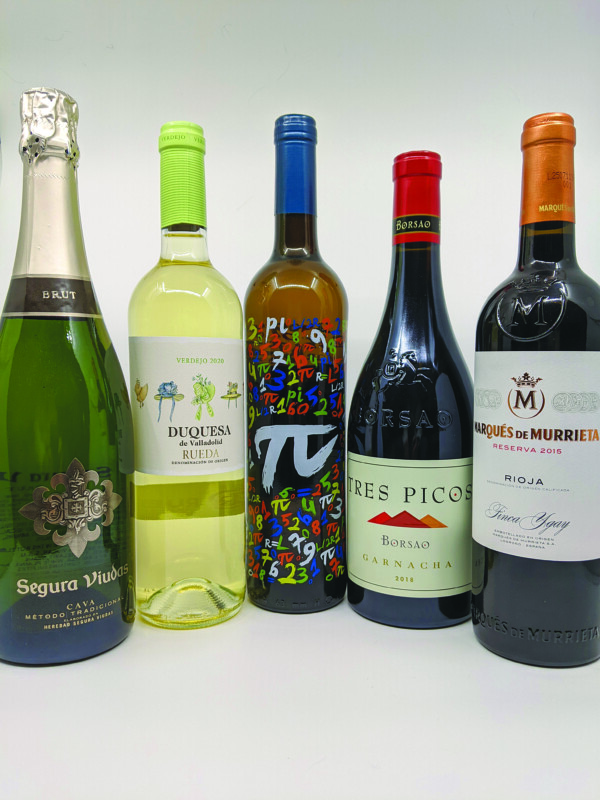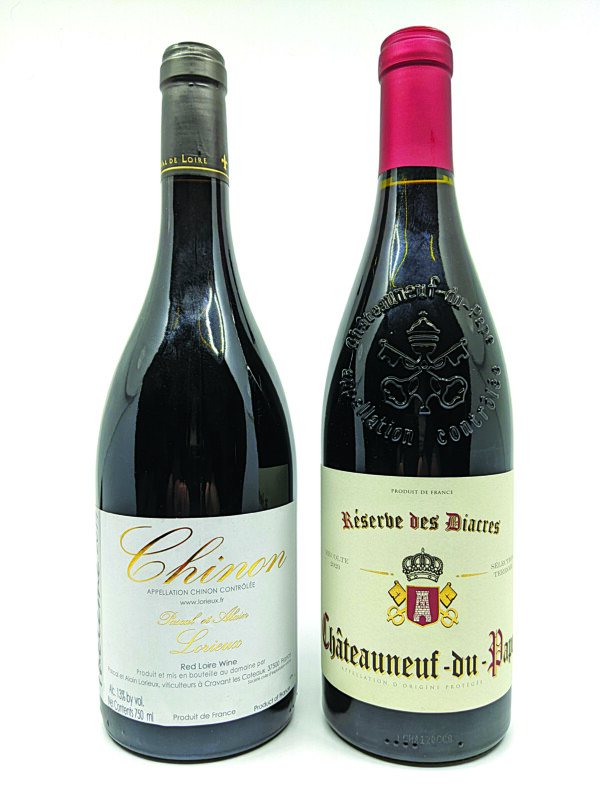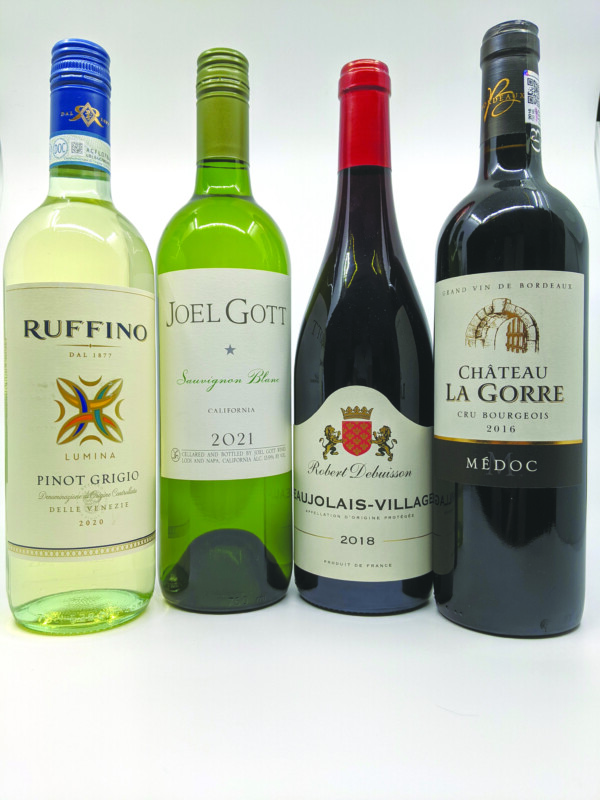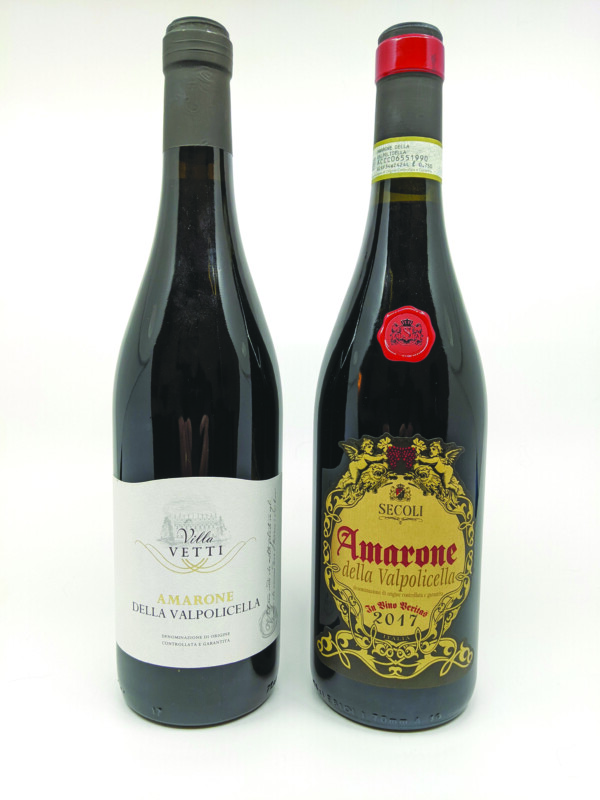Lighten up your wines with a little fizz
The kids will soon be returning to school, but that doesn’t mean summer is over! Summer is a mindset, and if we truly work at it, we can have summer last until the beginning of October. Let’s be realistic! This summer we have experienced some record temperatures and drought conditions. And there doesn’t appear to be an end in sight, anytime soon. What does this mean? We can continue to enjoy our patios and decks, and meals from the grill with ingredients that came from the farmers markets, such as zucchini, fresh corn, paired to fish and chicken. Or we can enjoy those fresh tomatoes in salads or gazpacho!
What better beverage to enjoy with these light meals than spritzers?
What are spritzers, and where did they come from, and what have they become? One story is that they originated with the mid-19th-century occupation of Venice by the Austro-Hungarian Empire. Troops stationed in Venice sought to soften their wine by adding a “splash or spritz” of recently invented carbonated water, or soda water. Venetians embraced this and substituted prosecco for some of the soda water, adding slices of citrus — oranges, lemons and limes. This was expanded with the introduction of Aperol to the mix. Whether or not there is truth in this historical account matters not. The evolution of this concoction continues, much to our delight, because no matter how you drink a spritzer, whether traditionally over ice, or as an Aperol Spritz, it a delicious way to cool off during the summer.
Our first beverage is a nod to what is traditionally thought of as the true spritzer: white wine, soda water, sliced citrus fruit, all served on ice. We chose the 2017 Bonny Doon Vineyard Le Cigare Blanc Beeswax Vineyard Arroyo Seco, available at the New Hampshire Liquor & Wine Outlets, originally priced at $26, reduced to $12.99. A blend of 55 percent grenache blanc and 45 percent roussanne, it has a lemon-yellow color with a slight green tinge. To the nose, one would expect citric notes, but this wine has herbal notes, as well. To the tongue, the wine maintains those citric rind notes but there is also the addition of quince with a slight nuance of melon. It is a wine that can handle the addition of orange and lime slices and has enough body to accept the addition of seltzer and still hold a presence. This wine hails from the Beeswax Vineyard in the Arroyo Seco region of Monterey County, east of the Santa Lucia Mountains and north of King City, California. The Santa Lucia Mountains shield this area from the cool Pacific Coast winds, resulting in vines with exceedingly deep roots, imparting a minerality to the wine not found in the grapes grown on the ocean side of the mountainous range.
Our second beverage is a novel creation, the Domaine Chandon Garden Spritz, available at the New Hampshire Liquor & Wine Outlets at $20.99. The wine is a blend of chardonnay, pinot noir and semillon grapes grown at an altitude of 3,000 feet at their estate in Mendoza, Argentina. It is made by the slow-ferment long Charmat method, trapping the naturally occurring carbonation in large steel tanks. Bitters made from the zest of Valencia oranges, steeped in grape brandy, to which Quassia amara, chamomile, cardamom, and black pepper are added, result in this delightfully unique and refreshing sparkling wine cocktail. Domaine Chandon is marketing this concoction as a spritzer. Perhaps a bit of a reach, it is nonetheless worth trying, poured over ice with a citrus garnish. At 11.5 percent alcohol, it is more alcoholic than the spritzer made with seltzer, resulting in a fuller feel to the mouth of its citric notes, spiciness and sweetness, along with the bitterness of liquor made from the oranges and amara. This is definitely a thirst-quencher that is summer “light and bright.” This is a creation that begs to be tried before summer leaves us and the air becomes crisp with shorter days and crisp nights.
So, personalize your favorite white wine by turning it into a summer-light spritzer, or try this industry pioneer, the Garden Spritz. After all, summer in New Hampshire is way too short to not enjoy it to its fullest with these wonders of the palate.
Featured photo. Courtesy photo.


